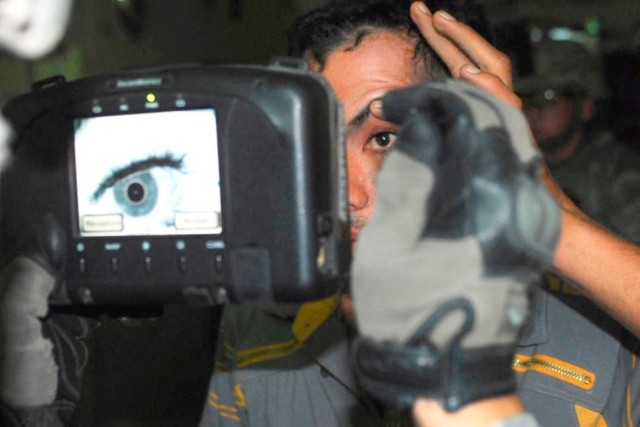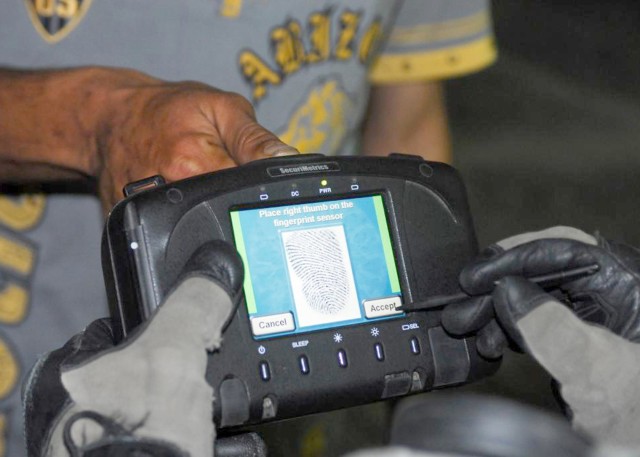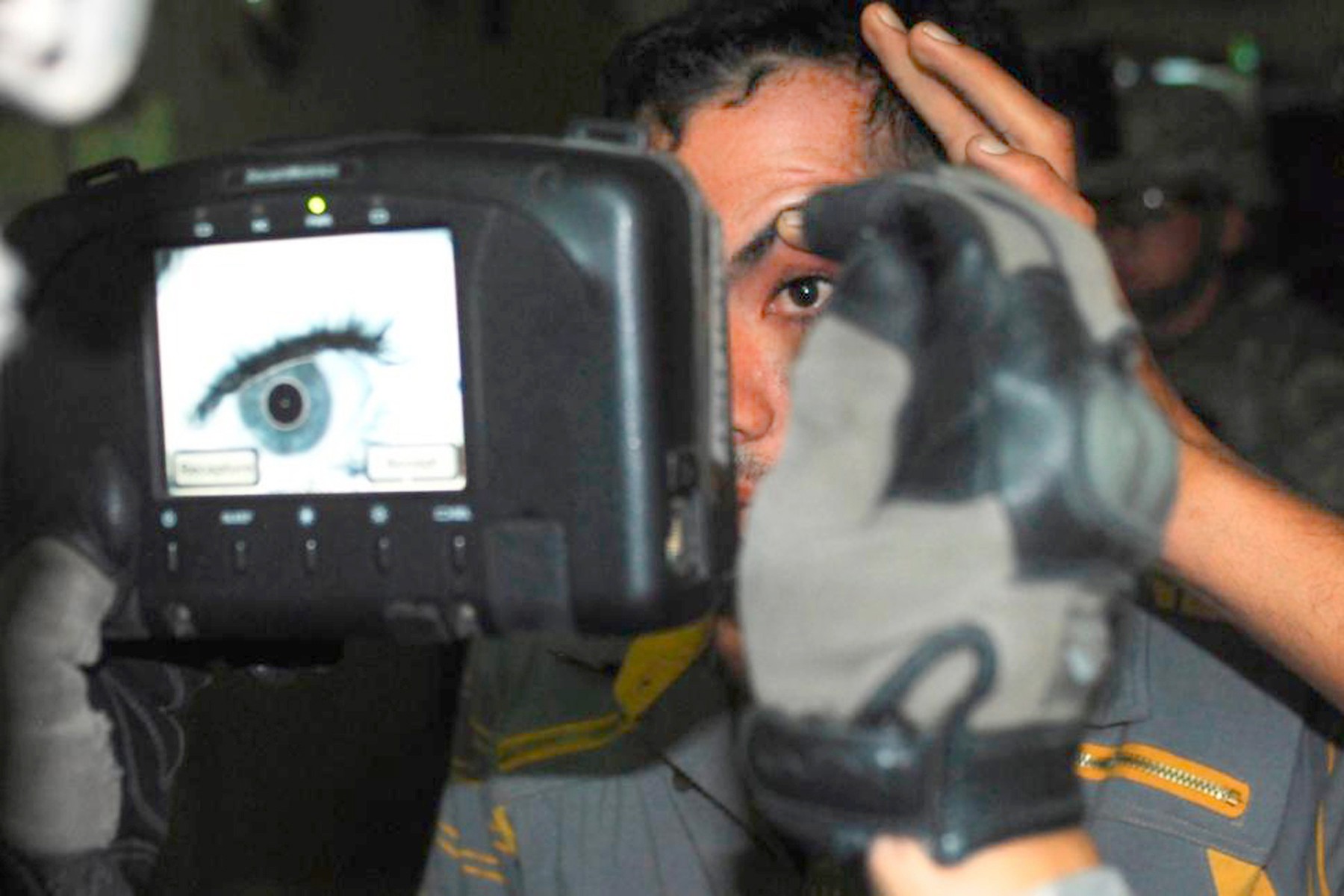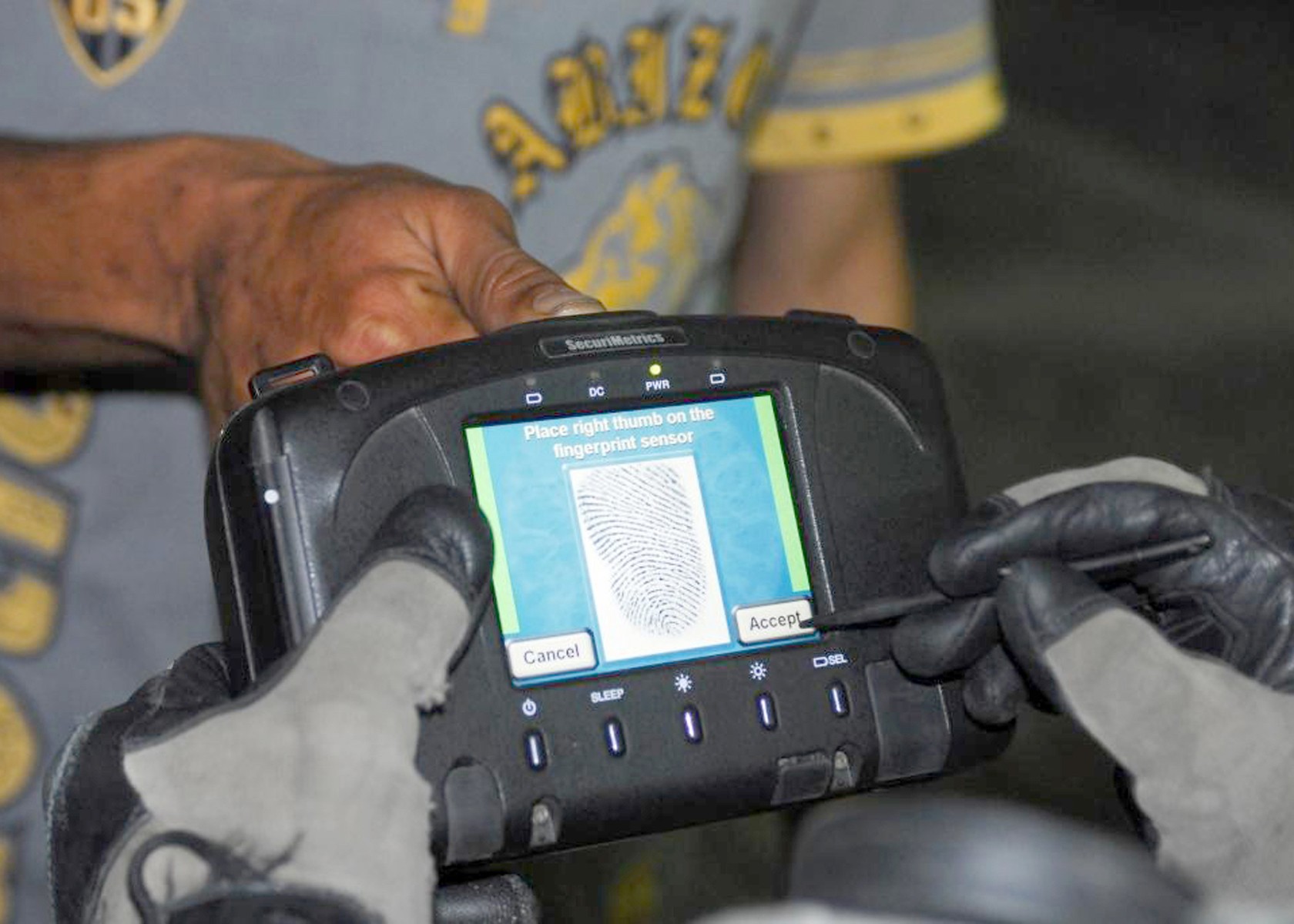CONTINGENCY OPERATING SITE WARRIOR, Iraq - The Kirkuk Emergency Services Unit Raid Platoon, assisted by Soldiers of Company B, 2nd Battalion, 12th Cavalry Regiment, attached to 1st Advise and Assist Task Force, 1st Infantry Division, conducted an early morning raid on a home used in the construction of rocket rails during Operation Lion Claw, May 4.
Operation Lion Claw is an ongoing series of Iraqi-led missions designed to restrict enemy movement, disrupt possible indirect fire locations, collect intelligence and apprehend suspected violent extremists to better secure Kirkuk and Contingency Operating Site Warrior.
In the crew compartment of a dimly lit Mine Resistant Ambush Protected vehicle, Staff Sgt. Garin Knutson, an infantryman and tactical site exploitation coordinator with Company B, detailed the many elements that make Operation Lion Claw successful.
"The ESU has taken lead on this mission," said Knutson, a Hesperia, Calif. native. "They're the ones actually entering the objectives. We have provided some intelligence to help them along the way, but they're basically the ones doing the raid. We're just pulling outer security for them."
Lion Claw required combined efforts and coordination between the ESU, who performed the actual raids, U.S. forces who provided intelligence and outer security, and Iraqi Police who escorted the convoy to the objective.
"The ESU is local Iraqi Security Forces in the area composed of Kurds, Turkomen and Arabs partnered together," explained Knutson. "They are responsible for securing the area in and around Kirkuk City."
The Kirkuk ESU Raid Platoon has trained with several U.S. Army units since the onset of Operation New Dawn.
"This is the bread and butter of dynamic entry teams," said Knutson. "These guys are not to be taken lightly."
After conducting a step by step mission brief, the ESU, IP and U.S. Soldiers quickly mounted their vehicles and moved to the objective under the cover of darkness.
The mission turned out to be a success because of weapons and evidence found at the objective, said Chief Warrant Officer Shakhawan Fateh, ground commander of the ESU Raid Platoon.
Shakhawan said the ESU did not capture the main suspect, but the individual had apparently used the house as a cache for weapons, ammunition and rocket-making material.
While searching the house, one of the ESU soldiers found instructional DVDs demonstrating how to build rocket rails, how to assemble and fire rocket propelled grenades, and how to use improvised explosive devices. The soldier brought the videos to the main room and placed them next to the evidence found by other team members, which included cell phones and SIM cards.
The ESU will catch the suspect, said Shakhawan with an ear-to-ear grin, staring at the mounting heap of evidence.
Shakhawan's mission advisor, Capt. Matthew Makaryk, commander, Company B, 2nd Bn., 12th Cav. Regt., considered the mission a success.
Makaryk reflected on the success of Operation Lion Claw, which took place the day after the death of Osama bin Laden.
"Following the events that have happened in the world, for them to go on mission and find something like this vindicates our efforts here," said Makaryk, a Plainfield, Wis., native. "To go on mission and find some 'no-kidding' items on an objective, they are excited and look forward to the next one."
Company B Soldiers have seen noticeable growth in their Iraqi military counterparts, he said.
"They are all from Kirkuk; they all want Kirkuk to be successful," said Makaryk of the ESU.
"I take the advise, train and assist mission very seriously," he said. "The ESU has continued to advance since we have been here, but the only way to know if they are truly successful is to see what Kirkuk looks like in 10 years. If they continue to build on the efforts we've made and the time that we've spent, then we will know if we have been successful."
-30-




Social Sharing